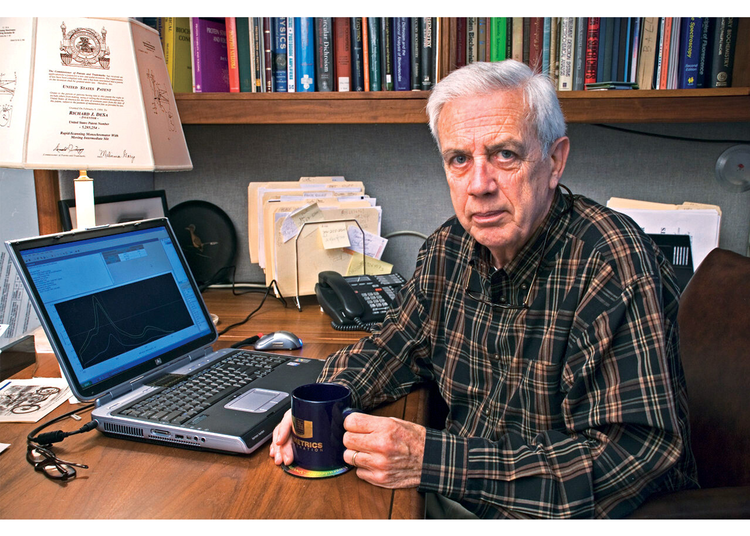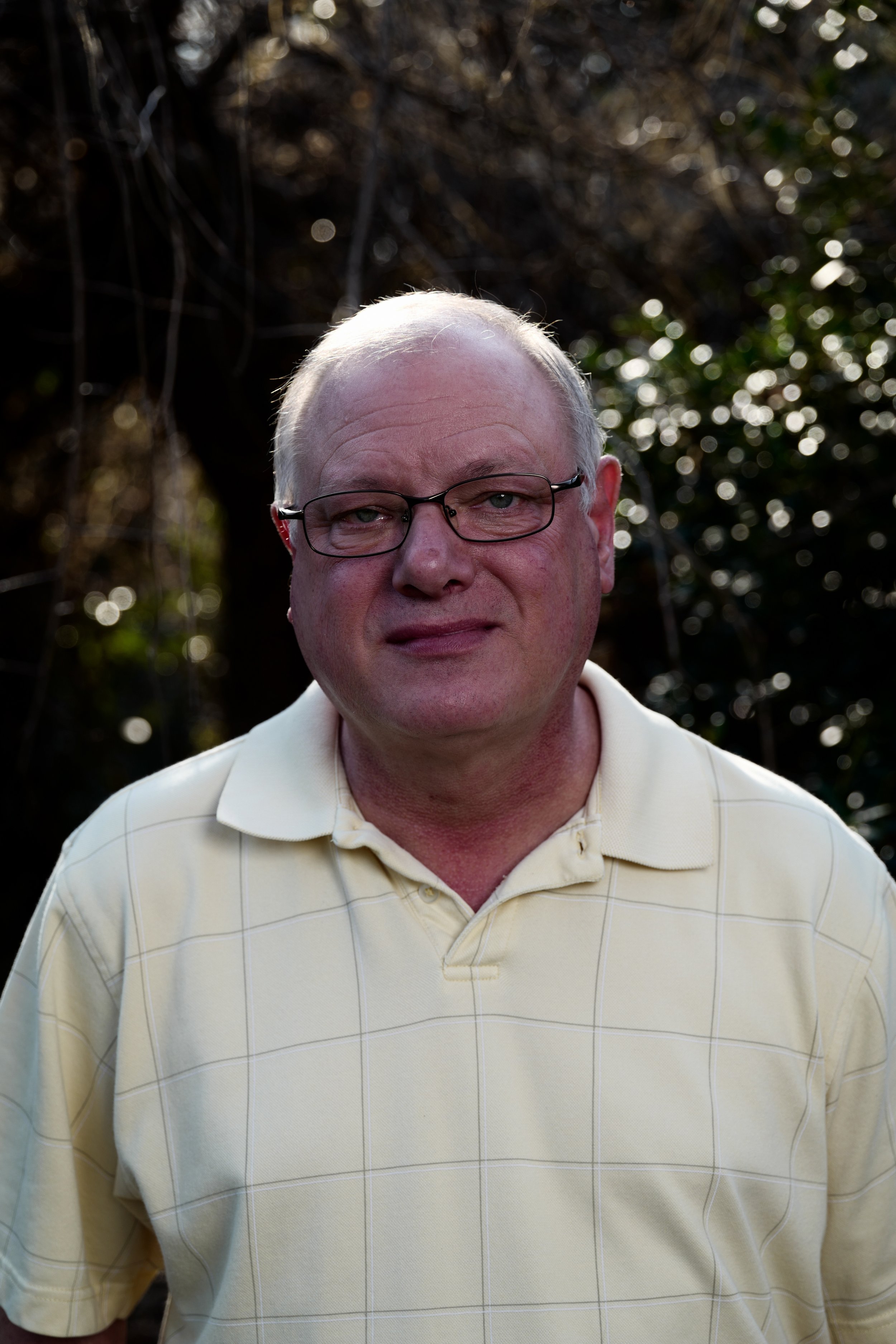Not known Details About Spectrophotometers
Not known Details About Spectrophotometers
Blog Article
Uv/vis - Truths
Table of Contents7 Simple Techniques For Circular DichroismGetting The Circular Dichroism To WorkUv/vis/nir Fundamentals ExplainedSome Known Facts About Circular Dichroism.The Only Guide to Spectrophotometers

Although spectrophotometry is most commonly applied to ultraviolet, noticeable, and infrared radiation, contemporary spectrophotometers can question large swaths of the electromagnetic spectrum, including x-ray, ultraviolet, visible, infrared, and/or microwave wavelengths. Spectrophotometry is a tool that hinges on the quantitative analysis of molecules depending on just how much light is taken in by colored substances.
The Greatest Guide To Circularly Polarized Luminescence
A spectrophotometer is frequently utilized for the measurement of transmittance or reflectance of services, transparent or nontransparent solids, such as polished glass, or gases. Many biochemicals are colored, as in, they take in visible light and therefore can be measured by colorimetric treatments, even colorless biochemicals can frequently be converted to colored substances suitable for chromogenic color-forming reactions to yield compounds ideal for colorimetric analysis.: 65 However, they can likewise be developed to measure the diffusivity on any of the listed light varieties that generally cover around 2002500 nm using different controls and calibrations.
An example of an experiment in which spectrophotometry is used is the decision of the balance constant of a service. A certain chemical reaction within a solution might take place in a forward and reverse direction, where reactants form products and items break down into reactants. Eventually, this chemical response will reach a point of balance called an equilibrium point.
The Ultimate Guide To Circular Dichroism
The amount of light that passes through the solution is indicative of the concentration of particular chemicals that do not enable light to go through. The absorption of light is due to the interaction of light with the electronic and vibrational modes of particles. Each type of particle has a specific set of energy levels connected with the makeup of its chemical bonds and nuclei and thus will absorb light of particular wavelengths, or energies, resulting in unique spectral properties.
Making use of spectrophotometers covers different clinical fields, such as physics, materials science, chemistry, biochemistry. circular dichroism, chemical engineering, and molecular biology. They are widely utilized in numerous industries consisting of semiconductors, laser and optical manufacturing, printing and forensic examination, along with in labs for the study of chemical substances. Spectrophotometry is often utilized in measurements of enzyme activities, determinations of protein concentrations, decisions of enzymatic kinetic constants, and measurements of ligand binding reactions.: 65 Eventually, a spectrophotometer is able to determine, depending upon the control or calibration, what compounds are present in a target and exactly just how much through computations of observed wavelengths.
Invented by Arnold O. Beckman in 1940 [], the spectrophotometer was produced with the help of his associates at his business National Technical Laboratories established in 1935 which would become Beckman Instrument Business and eventually Beckman Coulter. This would come as a solution to the previously created spectrophotometers which were not able to take in the ultraviolet properly.
A Biased View of Circular Dichroism
It would be found that this did not give satisfactory results, for that reason in Design B, there was a shift from a glass to a quartz prism which enabled for better absorbance results - circularly polarized luminescence (http://www.askmap.net/location/6824320/united-states/olis-clarity). From there, Model C was born with a change to the wavelength resolution which wound up having 3 units of it produced
It irradiates the sample with polychromatic light which the sample takes in depending on its residential or commercial properties. It is transferred back by grating the photodiode range which finds the wavelength area of the spectrum. Ever since, the development and execution read here of spectrophotometry gadgets has increased profoundly and has actually turned into one of the most ingenious instruments of our time.

Examine This Report on Spectrophotometers
The grating can either be movable or repaired.
In such systems, the grating is repaired and the strength of each wavelength of light is determined by a various detector in the range. When making transmission measurements, the spectrophotometer quantitatively compares the fraction of light that passes through a recommendation option and a test option, then digitally compares the strengths of the two signals and computes the percentage of transmission of the sample compared to the recommendation standard.

Report this page